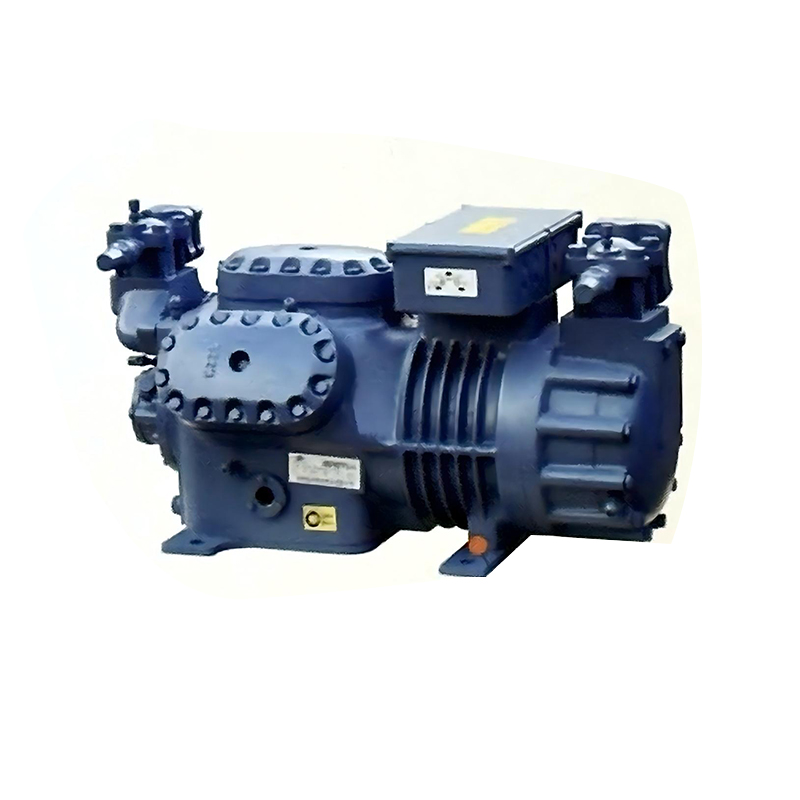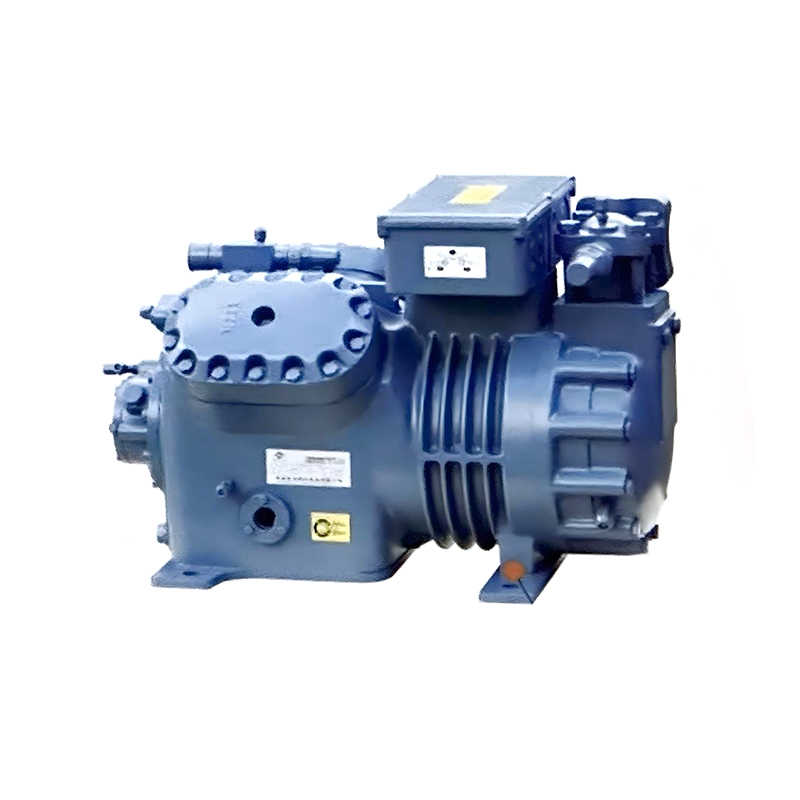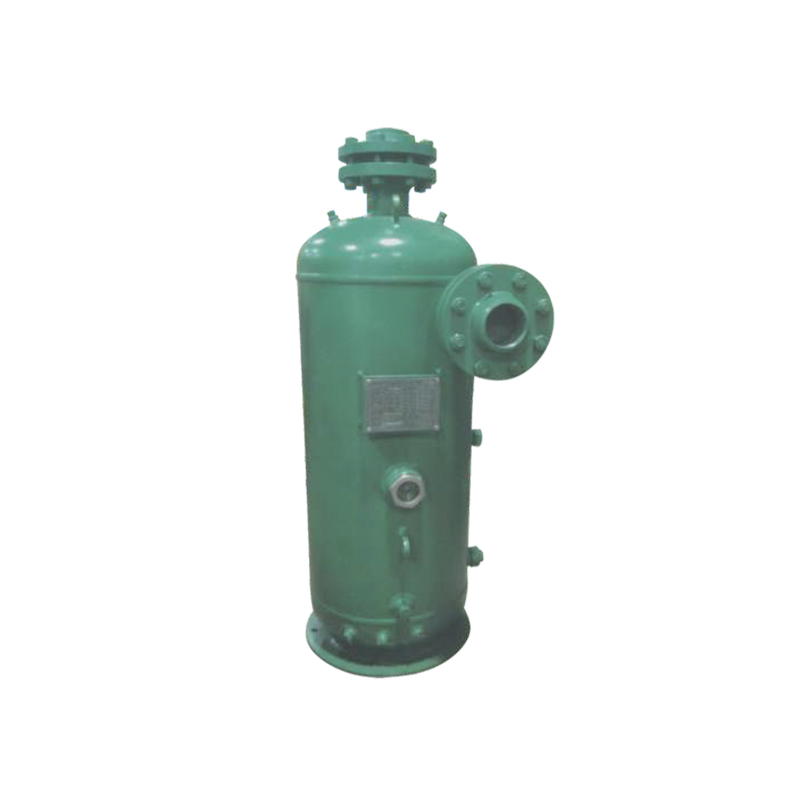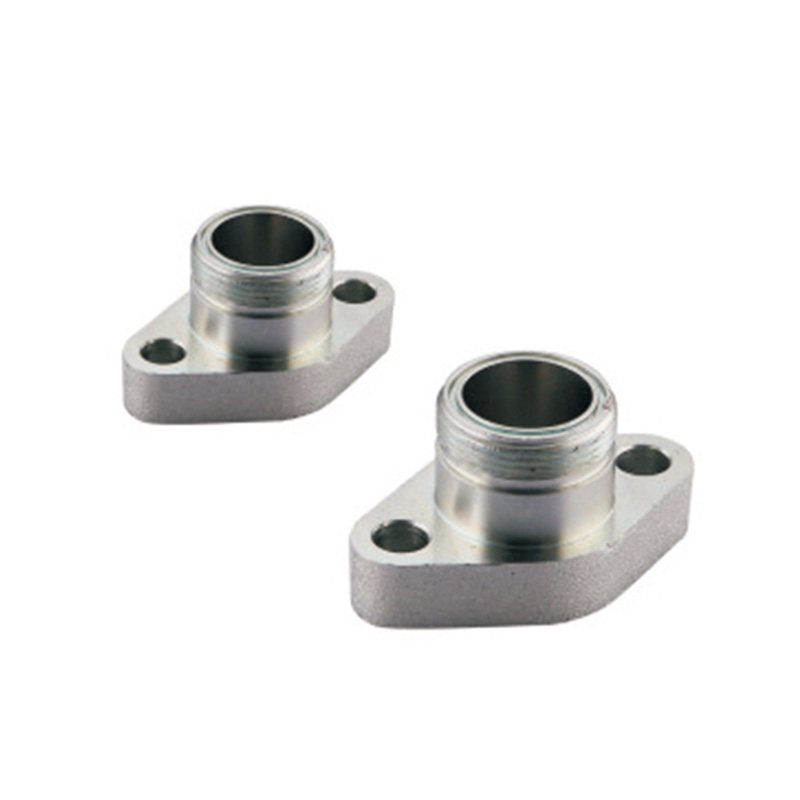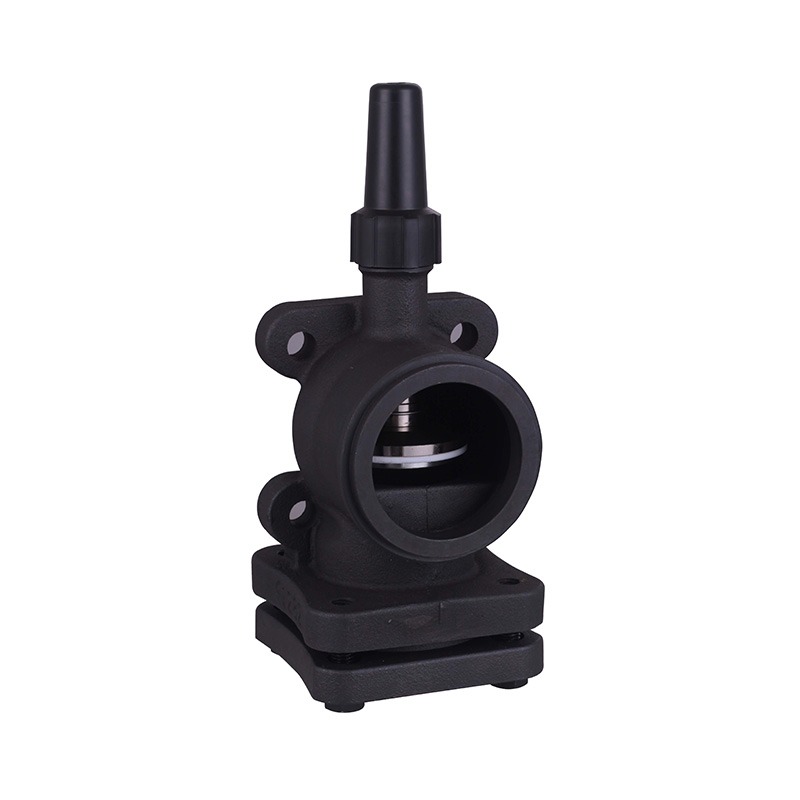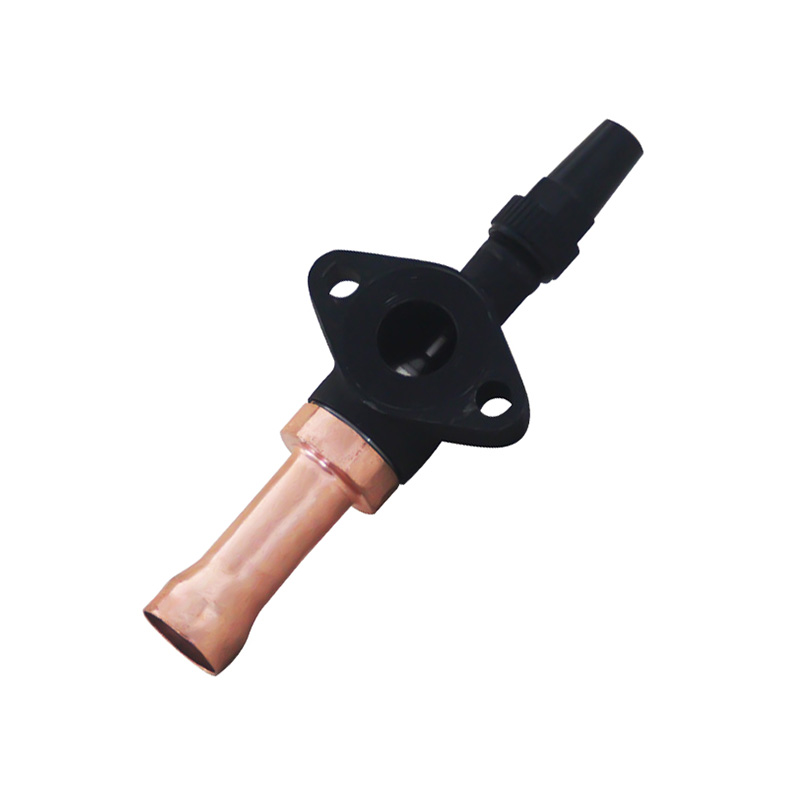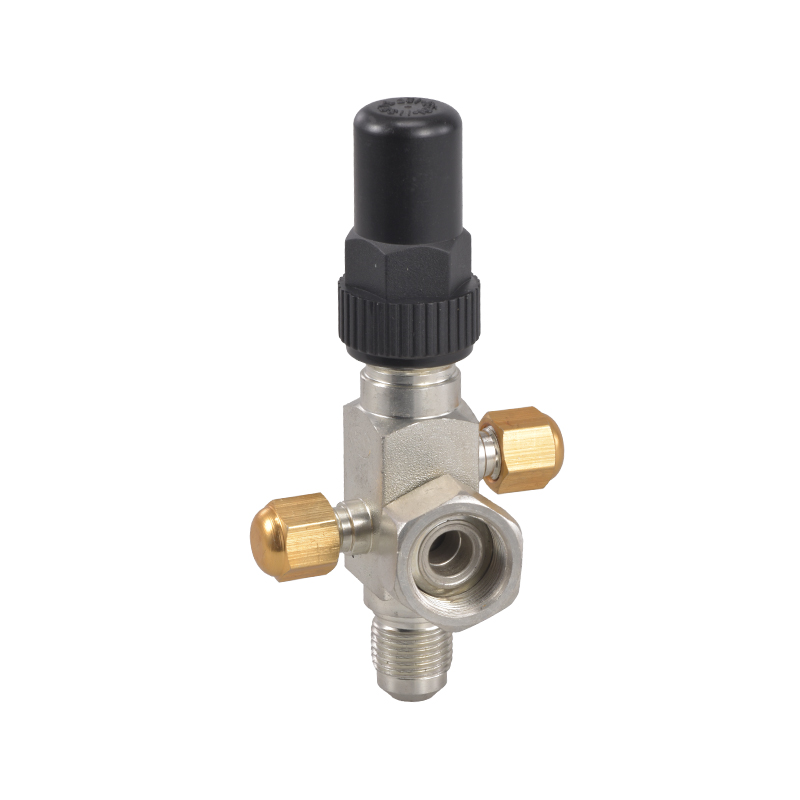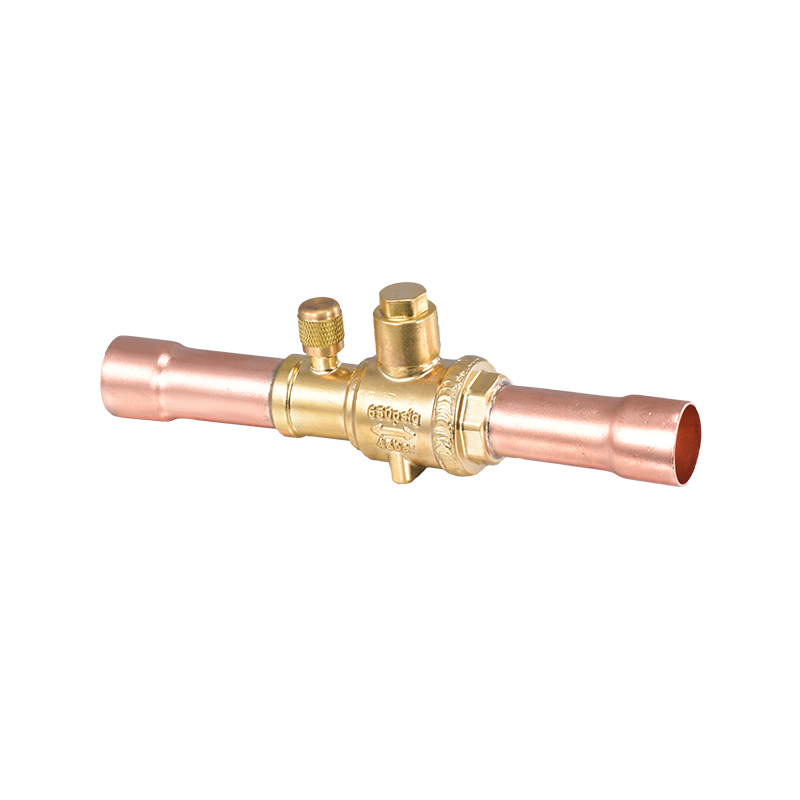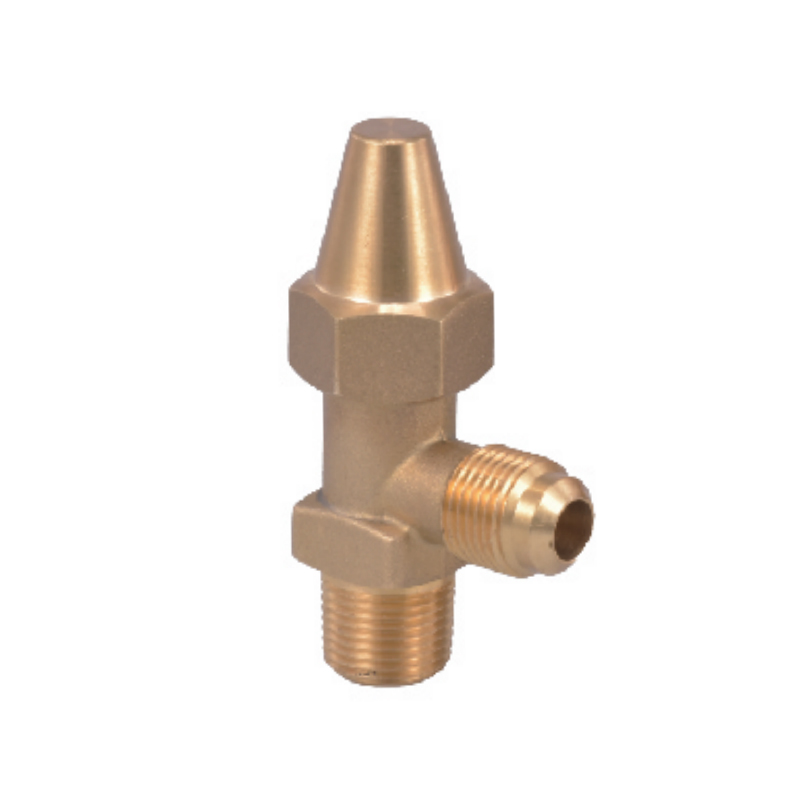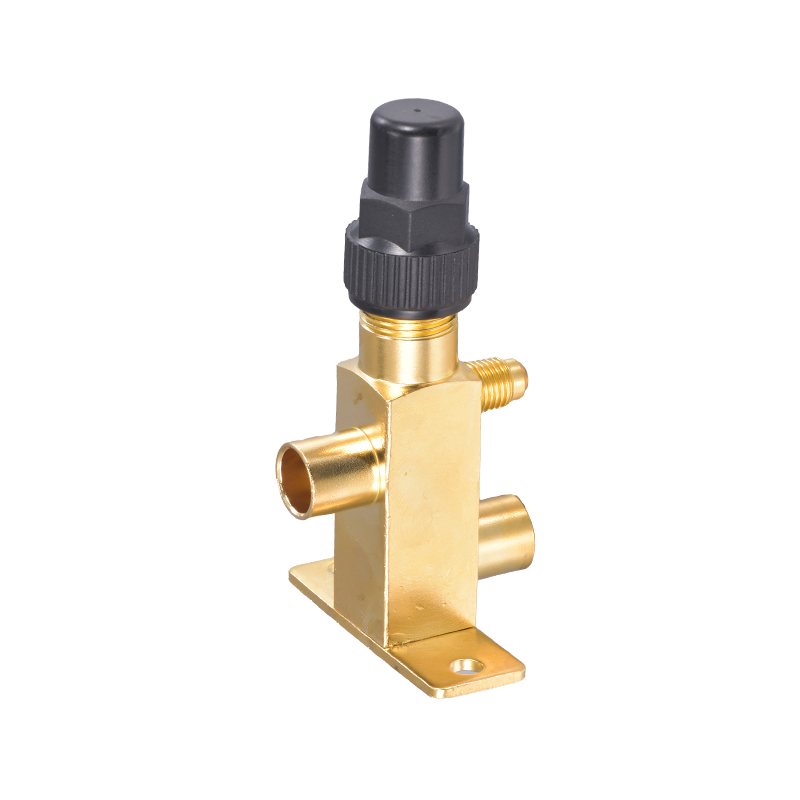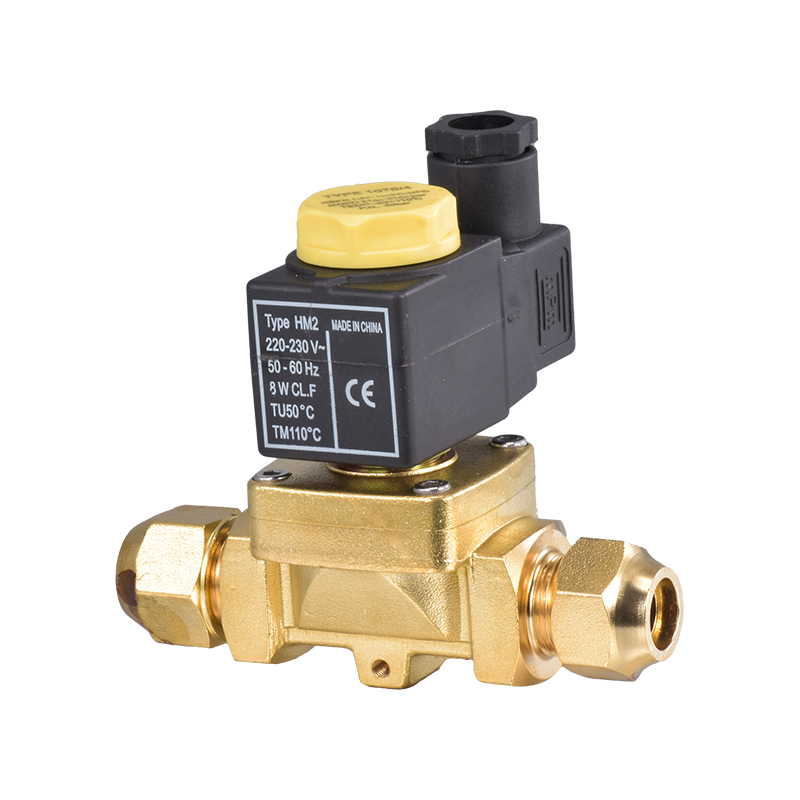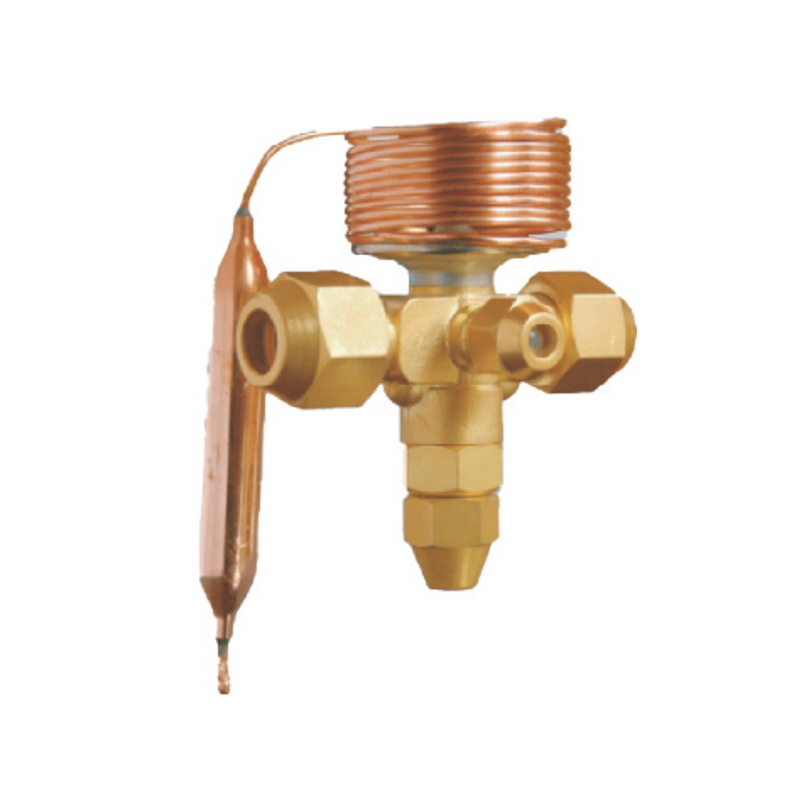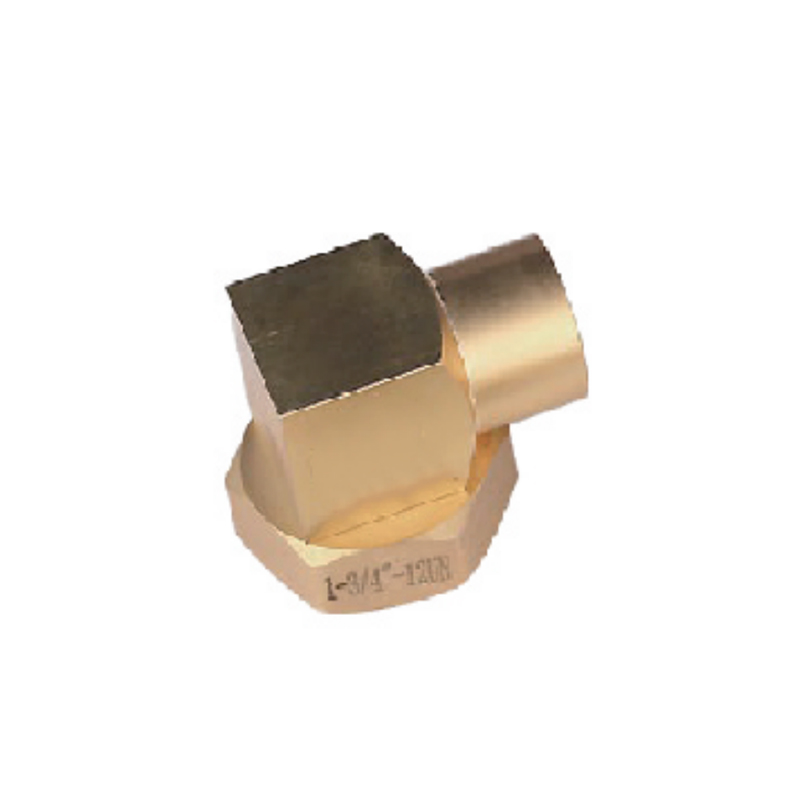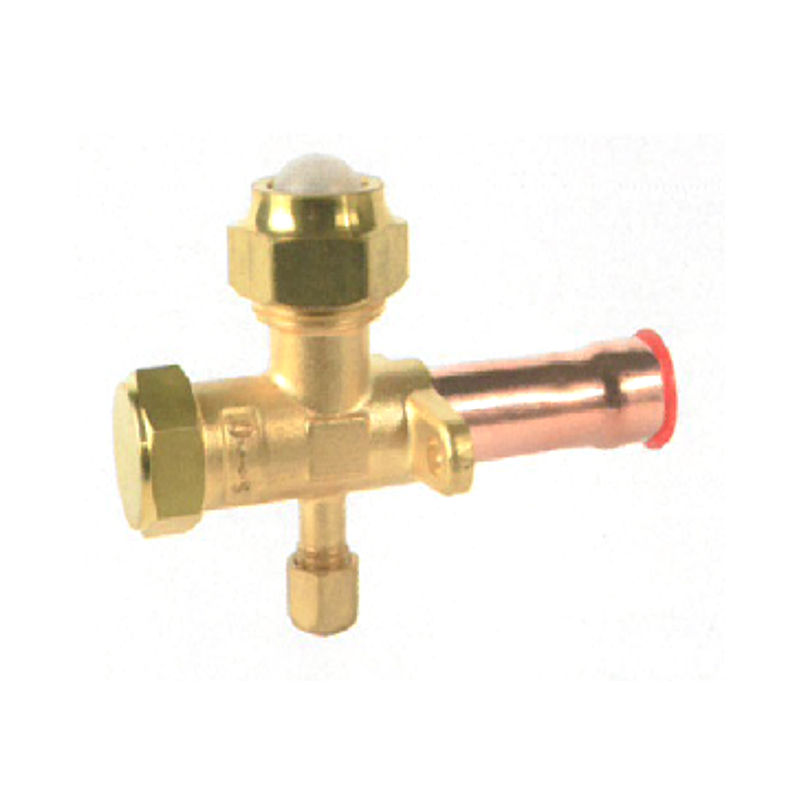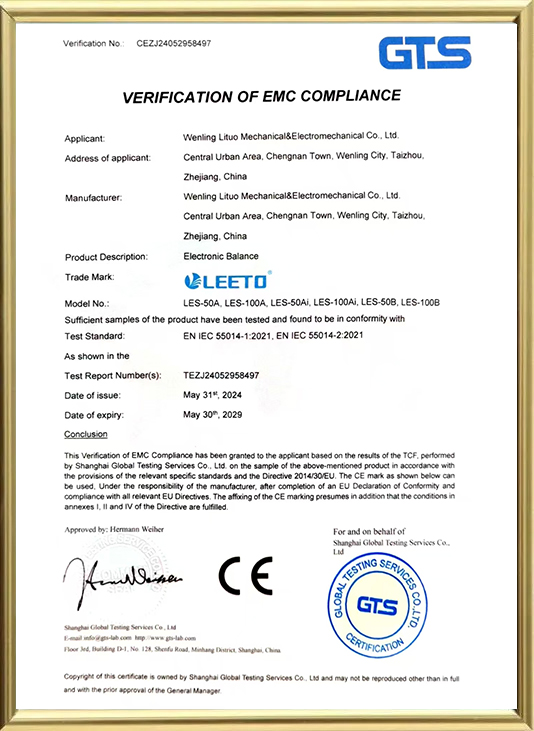The Threaded High Pressure Flange Connector for Air Conditioning is a specialized piece of hardware designed to withstand the pressures and demands of high-pressure refrigerant systems commonly found in modern air conditioning units. These connectors are crucial for maintaining the integrity and efficiency of the air conditioning system, ensuring that the refrigerant flows smoothly and safely between components.
Design and Construction
Threaded High Pressure Flange Connectors are meticulously engineered to meet the stringent requirements of air conditioning systems. They are made from stainless steel that can withstand high pressures and corrosive refrigerants. The threading is precision machined to ensure a secure and leak-free connection when tightened to the appropriate specifications.
The flange itself is designed to distribute the pressure evenly across its surface, reducing the risk of leaks and failures. The oval shape of the flange provides additional strength and allows for a more compact design, which is particularly beneficial in spaces where space is at a outstanding, such as in the condenser units of air conditioning systems.
Functionality
The primary function of the Threaded High Pressure Flange Connector is to connect different components of the air conditioning system, such as the compressor, condenser, and evaporator. It allows for the transfer of refrigerant under high pressure, which is necessary for the cooling process to occur efficiently.
Installation and Maintenance
Installing a Threaded High Pressure Flange Connector requires precision and care to ensure a proper seal. The threads must be clean and free of any debris, and the connector must be tightened to the manufacturer's specified torque to ensure a leak-free connection. Over-tightening can cause damage to the threads or the flange, thus potential leaks and system failures.
Regular maintenance is essential to keep these connectors in good condition. This includes periodic inspections for any signs of wear, corrosion, or damage. Lubricating the threads with a suitable thread sealant can also help to prevent leaks and extend the life of the connector.
Applications
Threaded High Pressure Flange Connectors are used in a variety of air conditioning applications, including residential, commercial, and industrial settings. They are found in both split systems and packaged units, connecting the outdoor condenser to the indoor evaporator coil. In larger systems, such as those found in commercial buildings or industrial facilities, these connectors may also be used to connect multiple components within the system, such as between the condenser and a series of evaporators.
Advantages
1. Durability: The materials used in their construction are resistant to corrosion and can withstand the high pressures and temperatures found in air conditioning systems.
2. Reliability: A properly installed and maintained flange connector provides a reliable seal, reducing the risk of refrigerant leaks.
3. Ease of Maintenance: The threaded design allows for easy disassembly and reassembly, making maintenance and repairs more straightforward.
In conclusion, the Threaded High Pressure Flange Connector for Air Conditioning is a critical component that ensures the safe and efficient operation of air conditioning systems. Its design, construction, and functionality are all tailored to meet the specific demands of high-pressure refrigerant systems, making it an essential part of any air conditioning installation. Proper installation and regular maintenance are key to ensuring the longevity and performance of these connectors, which in turn contributes to the overall efficiency and reliability of the air conditioning system.




 English
English русский
русский Deutsch
Deutsch
